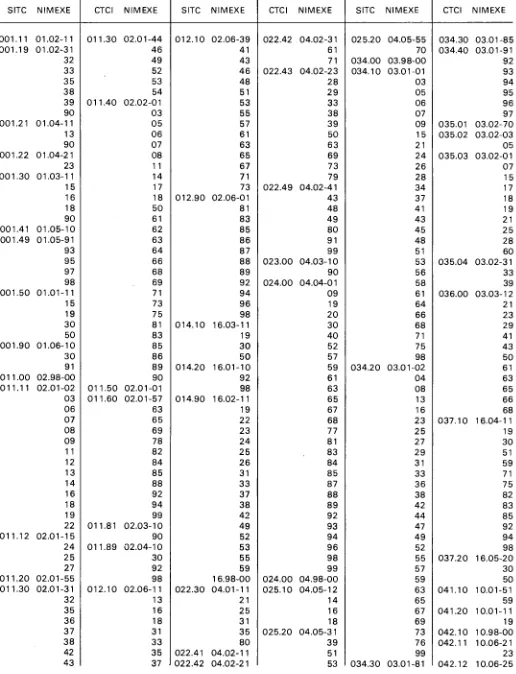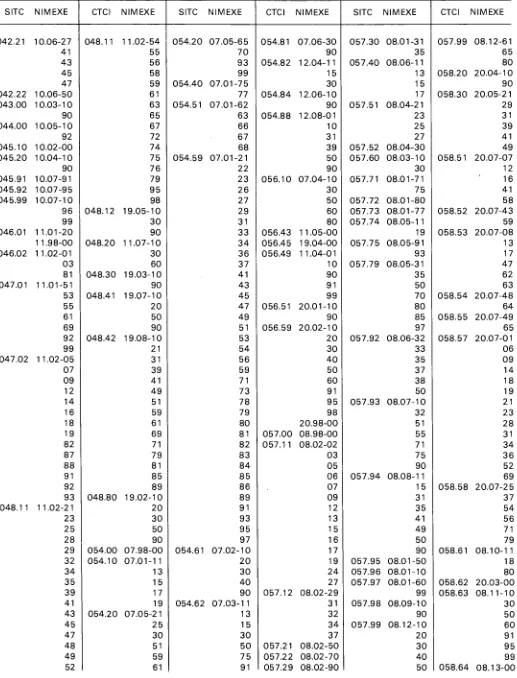■
Analytical Tables of Foreign Trade/Tableaux analytiques du commerce exterieur: NIMEXE 1978: I 74 83
Full text
Figure




Related documents
Referrals for CMP originate from Department of Work and Pensions Job Centre Plus Incapacity Benefit Personal Advisors, who recognise the role of poor condition management impacting
Peinke (2012b), A classification scheme for turbulence based on the velocity-intermittency structure with an application to near-wall flow and with implications for bedload
Comparison between numerical and experimental deposition on furniture surfaces in the single patient room. Normalised experimental deposition on the four horizontal furniture
100 institutions of higher educa- tion will be receiving Community grants this year for developing joint study programmes with part- ners in other Member States.. Since the
Raw 264.7 cells were transiently transfected with the firefly-luciferase reporter under the control of the ‘A’ (panels A-C) or the ‘G’ variant (panel D) of the TNF promoter,
The variety of laws governing product liability in Europe are not only confus- ing but they give the consumer inade- quate protection against material loss or bodily
The data allowed us to estimate the monolayer spontaneous curvatures of ternary lipid mixtures showing liquid ordered/liquid disordered phase coexistence.. We report
Data collection -Primary -Background Data Center Environmental Reports LCA Inventory Analysis (Attributional) LCA Impact Assessment Sustainable ITS Index Results





